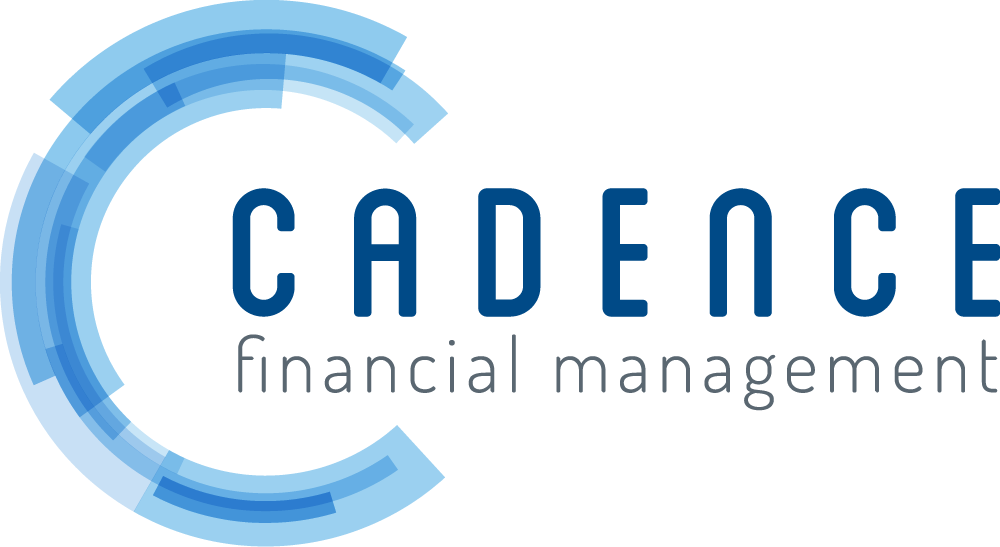The Retirement Reshuffle Is Impacting Plan Sponsors
Across the nation, more and more workers are expecting to postpone retirement. In fact, a survey by the Nationwide Retirement Institute shows that 40% of older employees plan to retire later than anticipated because of inflation. And delays don’t just affect employees — more than a third of employers are concerned about increased health and benefit costs, negative impacts on their staff’s mental health and barriers to hiring new talent.
Employers Can Help
If you sponsor a retirement plan, you’re already doing something important to encourage employees to retire comfortably and on time. And if it’s part of an overall financial wellness plan, that’s even better. However, while 68% of American workers have access to a 401(k), only 41% are actively contributing to it. Working with your advisor can help you design the right benefits package for your organization — and find ways to increase participation and contribution rates through access and education.
Tailor Your Plan Design
Some organizations are turning to guaranteed lifetime income investment solutions to address this issue but several factors may weigh against adding them to a plan’s lineup. These include potentially higher fees, employee knowledge barriers, the need for early participant adoption to provide sufficient income, vulnerability to inflation and disadvantages for beneficiaries in the absence of any death benefit.
Fortunately, there are many other levers plan sponsors can pull to encourage employees to save enough to retire, such as adding auto-enrollment and auto-escalation features. Increasing your match and actively encouraging workers over 50 to take advantage of catch-up contributions can also go a long way toward helping participants make up for shortfalls.
Think Broadly
Offering an HSA gives employees another vehicle for retirement planning and saving for health care expenses. Allowing phased retirement options, sometimes referred to as “pre-tirement” — with reduced hours leading up to full retirement — can also help. Additionally, robust omnichannel financial wellness programming and employee assistance programs (EAPs) can help workers prepare for retirement and better maintain mental and emotional health in the face of economic stressors.
Helping Workers Helps Your Bottom Line
If the trend toward delayed retirement continues, impacts could be felt far and wide. It’s important for employers to be proactive in helping employees retire comfortably to save on health and benefit costs and more easily usher in new talent. And if your workers are confident in their ability to meet their financial goals, they’ll be happier — and more productive — while they’re still part of your workforce.
Sources:
https://news.nationwide.com/companies-struggle-to-hire-promote-amid-uptick-in-delayed-retirements
https://www.personalcapital.com/blog/retirement-planning/average-401k-balance-age/
https://www.napa-net.org/news-info/daily-news/has-interest-grown-guaranteed-lifetime-income-options
This material was created to provide accurate and reliable information on the subjects covered but should not be regarded as a complete analysis of these subjects. It is not intended to provide specific legal, tax or other professional advice. The services of an appropriate professional should be sought regarding your individual situation. The material presented was created by RPAG. Securities, investment advisory, and financial planning services offered through qualified registered representatives of MML Investors Services, LLC. Member SIPC (www.sipc.com). Supervisory Office: 16 Campus Blvd, Newtown Square, PA 19073. Cadence Financial Management, LLC is not a subsidiary or affiliate of MML Investors Services, LLC or its affiliated companies. ACR# 5451900 02/23
